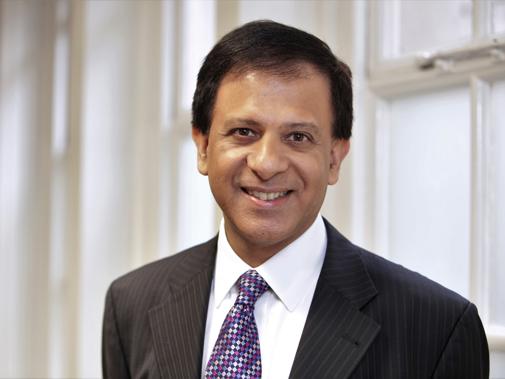For doctors on the front lines of this national health emergency, the soaring COVID-19 infection rate is a source of deep – and, in many cases, deeply personal – worry.
While the nation is in lockdown, with most of the population advised to ‘stay at home’, doctors are still going to work, with many seeing and treating patients with suspected or confirmed COVID-19 at close proximity.
Healthcare workers were, on average, already three to four times more likely to contract the virus than a member of the general population. However, the new highly transmissible variant which has spread like wildfire in recent weeks has created further and significant occupational risk for doctors and our colleagues.
In addition, there is growing evidence of spread of the virus through aerosol transmission outside of AGP (aerosol generating procedure) settings, which is not filtered by standard surgical masks. It is therefore imperative doctors are provided with adequate enhanced PPE (personal protective equipment) to protect them from infection, illness, and risk to their lives.
For these reasons, I wrote last week to the interim chief executive of Public Health England, Michael Brodie, imploring him to review his organisation’s infection prevention and control guidance urgently to ensure the wider use of respiratory protective equipment – such as FFP3 respirators – across primary and secondary care. When the facts regarding the level of risk which we face at work change – or our understanding of them does – health service managers owe it to us as doctors to change their minds and change their advice.
Data shows that doctors working within high-risk settings such as infectious intensive care units – but who are provided with enhanced PPE – are in fact at lower risk of becoming infected. Surely this is evidence enough that boosting the provision of FFP3 masks, goggles and face shields is a necessary step to safeguard doctors, patients and the NHS.
With almost 50,000 hospital staff in England absent from work with COVID-19, the rising infection rate among physicians is already exacting a devastating toll on patient services. A BMA survey conducted last month found three quarters of doctors believe recent staffing shortages have reduced their ability to see and treat patients in a timely and efficient way, with almost 30% stating this effect had been significant.
At a time of unparalleled hospital pressures, with intensive care units on the brink, it is absolutely vital that doctors and NHS staff are kept fit and healthy to avoid illness-related absence on the front line.
That is why, pending any changes to national guidance, the BMA is also pushing for local action to protect doctors better. Earlier this month, the chairs of our consultants, junior doctor, staff, associate specialist an specialty doctor and medical academic committees wrote to every NHS trust CEO across England to urge them to adopt a precautionary approach to what PPE should be worn in clinical areas.
In November, our association published updated PPE guidance calling on NHS employers to make FFP3 respirators or hoods available to all doctors working in infectious environments – not just to those working in red areas (with confirmed COVID cases) but also in amber areas (where COVID-positive patients may be present) and green areas where AGPs may be undertaken.
The BMA’s recommendations for reducing infection risk to staff in healthcare set out in detail the steps which we believe must now be taken to protect doctors and NHS staff.
Given that we and the public have been repeatedly assured by ministers, government officials and senior NHS managers that PPE supply is no longer an issue, there can be no excuse for more dithering or delay. The Government has an absolute duty to protect frontline doctors as they work to protect patients and the nation and must act now to fulfil it.

